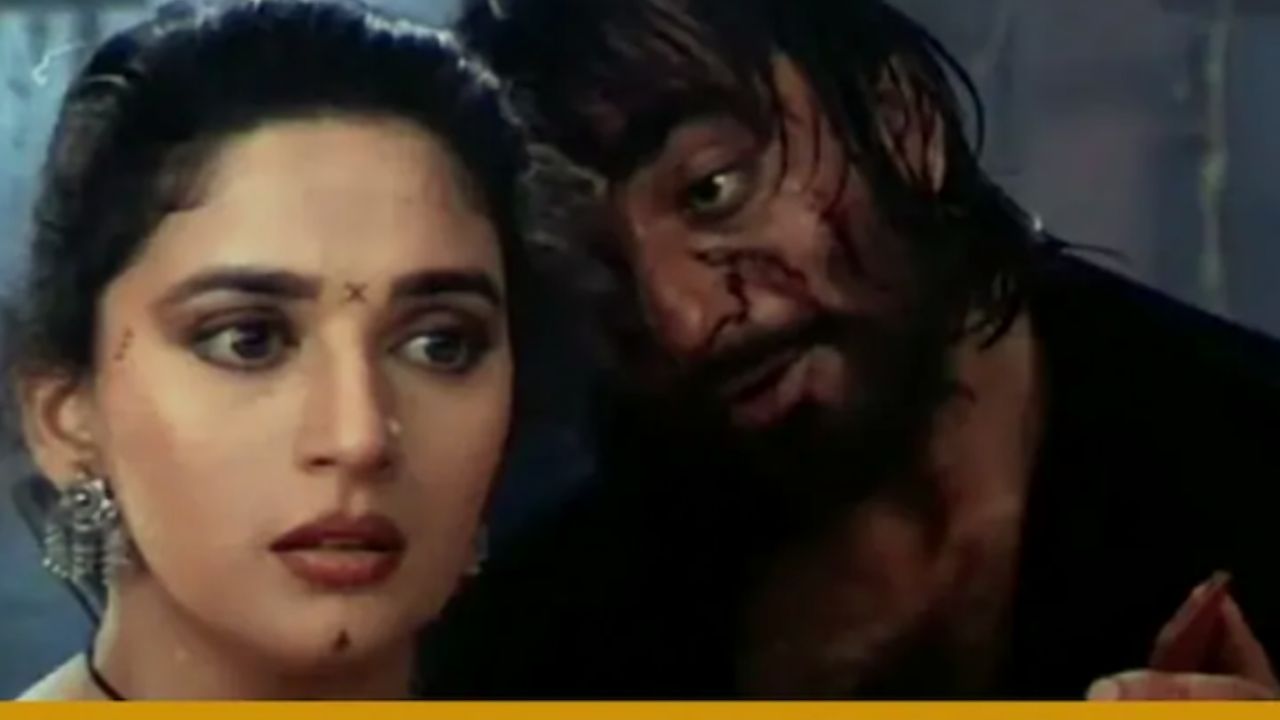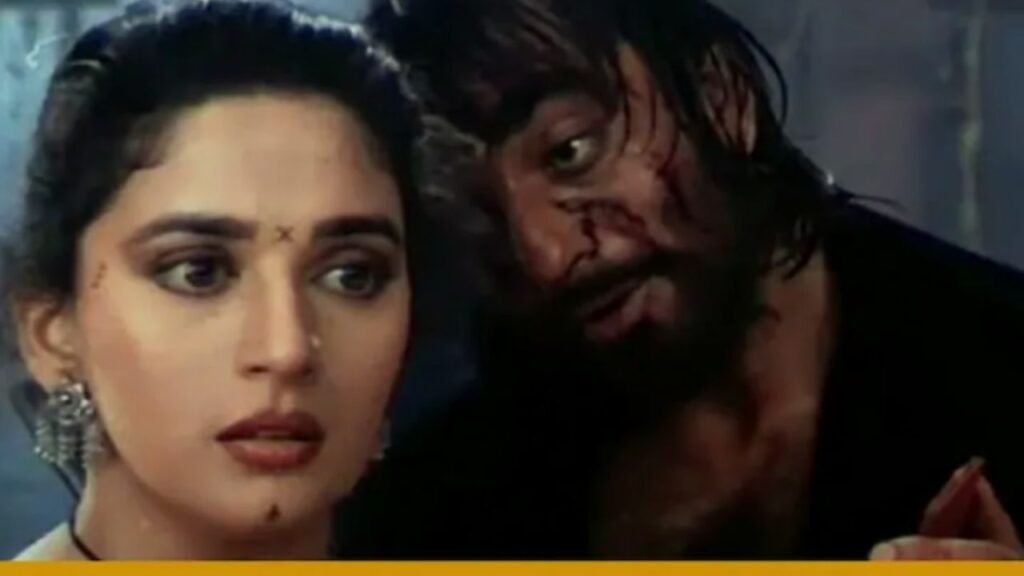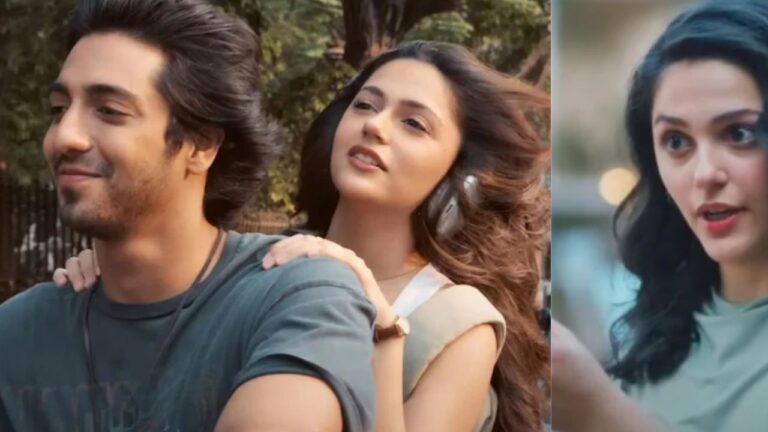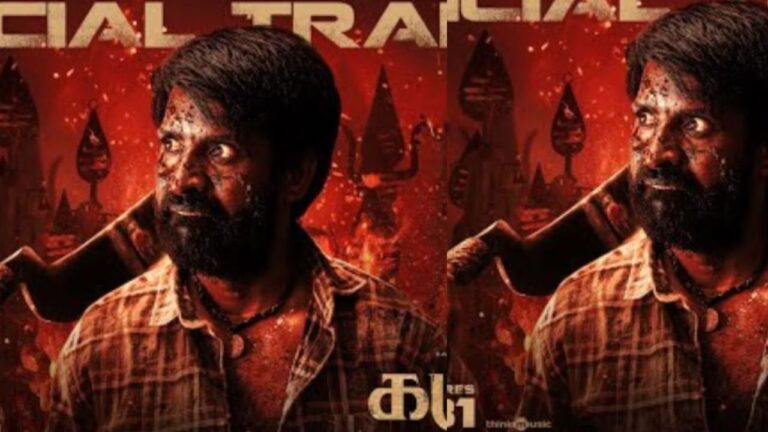
The Making of Khalnayak: How A Hollywood Pitch, A Breakup, And A Bomb Blast Shaped Bollywood’s Most Controversial Cult Classic
Released in 1993, Khalnayak wasn’t just a movie—it was a storm. A cinematic explosion of style, scandal, and social commentary, the film not only broke box office records but also stirred controversy that still lingers in the halls of Bollywood history. But what few know is that the making of Khalnayak was as dramatic as the film itself—involving a Hollywood-inspired pitch, a high-profile breakup, and a real-life bomb blast that rocked the nation and reshaped the movie’s legacy forever.
Let’s unravel the fascinating backstory of how one of Bollywood’s most iconic anti-hero films came to be.
The Hollywood Spark: Subhash Ghai’s Unlikely Inspiration
Director Subhash Ghai, often referred to as the “Showman of Bollywood,” had long flirted with the idea of breaking the traditional hero-villain mold. In the early 90s, during a casual conversation in Los Angeles, he heard a pitch from a Hollywood executive: “What if the villain is the real hero?”
This concept, foreign to mainstream Indian cinema at the time, sparked a creative fire in Ghai’s mind. Upon returning to Mumbai, he began crafting a story where the criminal isn’t just a caricature of evil, but a layered, tortured soul—a “Khalnayak” (villain) who evokes both fear and empathy.
And so, Ballu Balram, played by Sanjay Dutt, was born.
Casting Chaos & The Madhuri-Sanjay Love Saga
Initially, Subhash Ghai had envisioned Jackie Shroff in the lead, but as the script evolved, the role demanded someone darker, edgier. Sanjay Dutt, then riding high on the success of Saajan and Sadak, fit the bill perfectly. However, casting Dutt brought another layer of complexity—his rumored relationship with co-star Madhuri Dixit.
While the chemistry between Sanjay and Madhuri on-screen was electric, their off-screen bond was tabloid fodder. During the film’s production, their relationship reportedly ended abruptly, just as shooting reached its peak. Sources close to the production reveal that the breakup caused tensions on set, especially during the filming of emotional scenes between their characters, Ballu and Ganga.
But like true professionals, they powered through—and the tension arguably enhanced the emotional charge of their performances.
The Bomb Blast That Changed Everything
Just as Khalnayak was nearing release, tragedy struck.
On March 12, 1993, Mumbai was rocked by a series of devastating bomb blasts—one of India’s worst terror attacks. In the immediate aftermath, Sanjay Dutt was arrested under the TADA Act for alleged possession of illegal weapons connected to the bombings.
The news sent shockwaves across the country. Sanjay Dutt, already portrayed as a criminal in the film’s promos, was now facing real-life criminal charges. Protesters demanded a ban on the film. Political pressure mounted. For a moment, it seemed Khalnayak would be buried before its release.

But Subhash Ghai made a bold decision: to release the film as scheduled.
The Power of Controversy: How Scandal Made the Film a Blockbuster
Rather than derail the film, the controversy surrounding Dutt gave Khalnayak unprecedented publicity. Lines outside theatres grew longer. People were eager to watch the film that seemed to mirror real life.
Songs like “Choli Ke Peeche Kya Hai” sparked moral debates, while Dutt’s haunting portrayal of Ballu drew eerie comparisons to his off-screen troubles. The film’s tagline—“Apraadhi kaun?” (“Who is the criminal?”)—suddenly felt prophetic.
Khalnayak smashed box office records, grossing over ₹20 crore at a time when that figure was astronomical. It became the highest-grossing film of 1993, earned critical acclaim, and cemented Sanjay Dutt’s image as Bollywood’s ultimate anti-hero.
Legacy: More Than Just a Film
Today, Khalnayak stands as more than just a cinematic success. It’s a cultural landmark—a film that dared to challenge Bollywood norms, blur the lines between good and evil, and ride the storm of scandal to triumph.
It also paved the way for a new kind of storytelling in Indian cinema—one where the villain is not a plot device but a deeply human character. Films like Company, Omkara, and Gangs of Wasseypur owe a debt to the bold path Khalnayak carved.
A Story Worthy of Its Own Film
The making of Khalnayak was, in itself, a cinematic saga—fueled by creative rebellion, shaken by personal heartbreak, and jolted by real-world terror. Yet, it endured.
In doing so, it proved that great art often comes not from peace and order, but from chaos, risk, and raw emotion.
As Ballu Balram famously said in the film:
“Main khalnayak hoon.”
Indeed. But behind every villain lies a story—and Khalnayak’s story is one for the ages.






